
The Islamabad Capital Territory has taken the lead in the Pakistan District Ranking 2014 of 146 districts of country, while Punjab has overtaken Azad Jammu Kashmir and is now ranked second overall.
Meanwhile, Sindh and Khyber-Pakhtunkhwa (K-P) have also exchanged places in the overall rankings, along with Balochistan and the Federally Administered Tribal Areas (FATA).
The Alif Ailaan district report for this year was launched on Thursday in collaboration with Sustainable Development Policy Institute at a local hotel, where representatives of ruling and opposition parties stressed on higher allocations, transparency and uplift of the education sector.
The report comes up with a mixed bag of variations and ups and downs in the positioning of districts and provinces.
The most significant improvements were in Balochistan, Sindh and Punjab. Each of these provinces moved up one place in the provincial rankings compared to the previous year.
The overall performance of AJK, FATA and K-P has declined since last year, with the fall for each being under two per cent.
Overall ranking
Of the top 20 districts, 14 are in Punjab, three in AJK, one each in Gilgit-Baltistan and Balochistan, and Islamabad district. No district in K-P or Sindh cracked the top 20.
Malakand (29), Karachi (40) and Bajur Agency (82) were the top-ranking districts in K-P, Sindh and FATA respectively.
A large portion of the bottom third of the rankings is occupied by districts in Balochistan and FATA, along with a few districts in Sindh and K-P. Rajanpur, at 97, is the lowest-ranking district in Punjab.
While some districts from Sindh showed improved performance, even the best-performing K-P districts, located in the Hazara belt and the northern part of the province, all came crashing down, largely as a result of lower achievement scores and poor gender parity.
Districts in FATA and Balochistan appear infrequently in the top third of the rankings, with most districts in these areas are in the bottom 50.
“We need to stop politicising education,” said Sindh MPA Mehtab Rashidi, a former Sindh education secretary. “I would urge all politicians to leave education alone. There are other avenues of making money and patronising transfers and posting. Education should not be one of them,” she said. In Sindh, she added, they recently learnt that half the education budget was either unutilised or left untouched for other reasons.
Petroleum Minister Shahid Khaqan Abbasi said the government needs to look at better ways to run schools. “The sad truth is that even our best districts are far from ideal. Children are still out of school and the quality of education leaves much to be desired,” he said.
AJK, GB, FATA and ICT
Overall, AJK and G-B stood 3rd and 4th respectively in education outcomes.
In AJK, the district of Poonch, remains at the top, but it has dropped eight places since last year, when it topped the rankings.
Balochistan
As a whole, the province has shown more improvement in education scores than the other provinces and regions. In 2014, 17 of province’s 30 districts scored above 50, compared to 15 in 2013. Gwadar and Quetta are the highest-ranking districts, while Dera Bugti and Qilla Abdullah are the lowest.
K-P
Malakand, Mardan and Nowshera join Abbotabad and Haripur as the top five K-P districts, showing marked improvement from last year. Overall, however, districts in the province have not shown much improvement, especially when compared to last year’s encouraging performance. Malakand and Haripur were the highest, while Kohistan and Shangla rank the lowest.
Punjab
Districts in Punjab, especially those in the northern part of the province, dominate the rankings. All 36 districts in the province score above 50 on the education index. The highest ranking districts are Chakwal, Rawalpindi and Attock.
Sindh
Karachi was the only district in Sindh to appear in the top 50, compared to none last year. Hyderabad stood 53rd in the report.
Overall, 18 of the province’s 24 districts scored higher than 50 in 2014, as opposed to eight last year. Thatta, Mirpurkhas and Umerkot were the lowest-ranking in the report.
“Data and evidence has to be the basis of increased accountability and gauging the performance of politicians,” said Children’s Global Network CEO Mehnaz Aziz.
“The government needs to launch a census of all children between the ages of five and 16 to assess where the country stands in terms of enrolment, and plan accordingly.
Published in The Express Tribune, May 23rd, 2014.



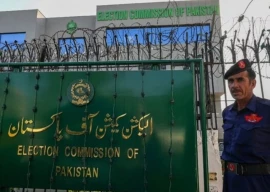




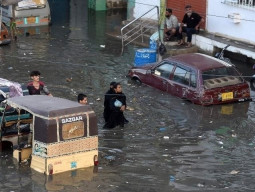


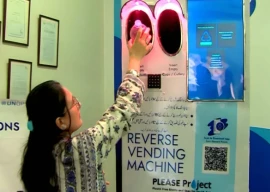
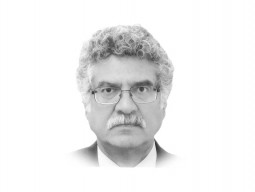

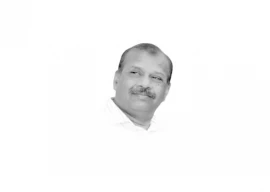
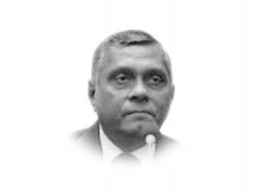


COMMENTS
Comments are moderated and generally will be posted if they are on-topic and not abusive.
For more information, please see our Comments FAQ